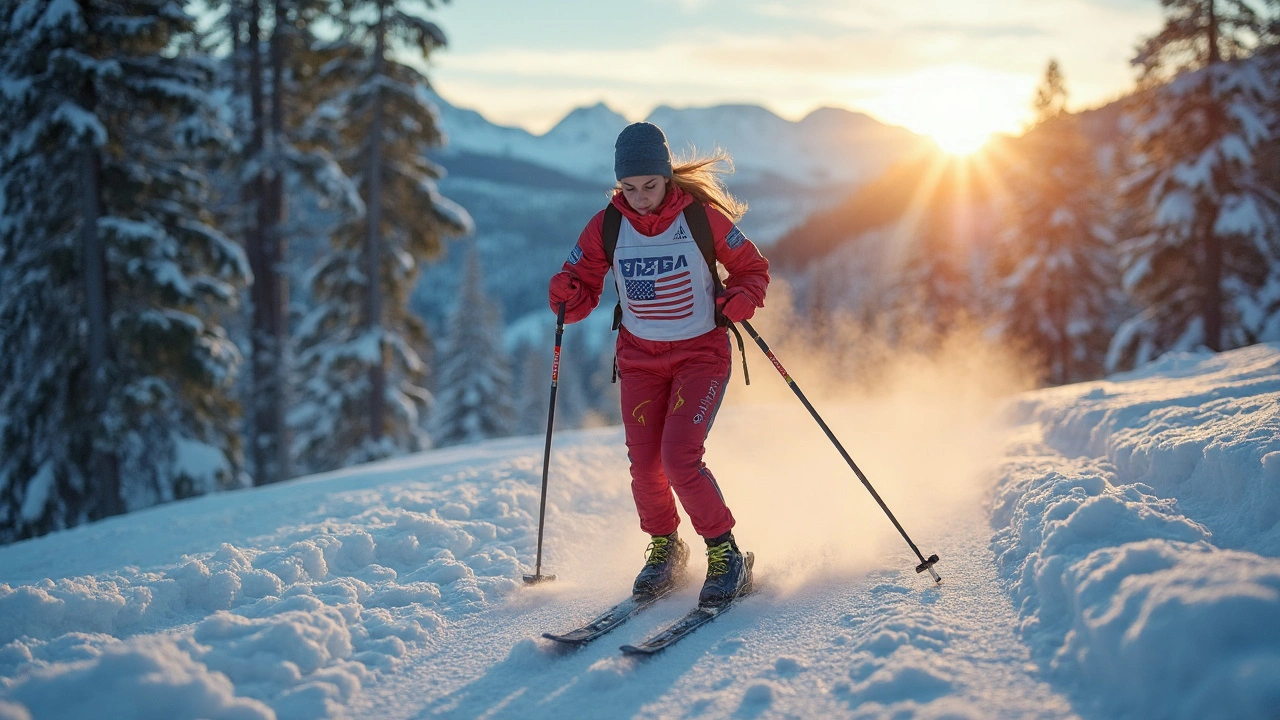Cross-Country Skiing: Your Quick Guide to Getting Started
Thinking about swapping the treadmill for fresh snow? Cross-country skiing (often called Nordic skiing) gives you a full‑body workout without the crowd of downhill slopes. It’s low‑impact, burns calories fast, and lets you glide through beautiful winter scenery. Ready to lace up and roll?
Why Try Cross-Country Skiing?
First off, it’s a killer cardio session. Because you use both arms and legs, you torch calories up to 600 per hour. That means stronger legs, toned arms, and a healthier heart—all while enjoying nature. Plus, the low‑impact motion is easy on joints, making it a great alternative to running if you have knee issues.
Another perk is the mental boost. The quiet of a snow‑covered forest, the rhythmic glide, and the crisp air all work together to lower stress. Many skiers say they feel calmer after a run than after a gym workout. And since you can ski on groomed trails or off‑track, you can match the difficulty to your fitness level.
Getting the Gear and Basics
You don’t need a mountain‑top budget to start. A basic pair of cross‑country skis, lightweight boots, and poles are enough. Look for skis labeled “classic” if you prefer a straight‑line stride, or “skate” if you want a more dynamic, side‑to‑side motion. The right length is key—generally, add 5‑10 cm to your height for classic skis.
Boots should fit snugly but comfortably, supporting your ankles without cutting off circulation. Poles are usually set so that when you stand upright, your elbows form a 90‑degree angle. Buy a few extra pairs of warm, moisture‑wicking socks; dry feet keep you comfortable on long outings.
Before you head out, practice the basic glide. For classic skiing, push off with one pole while the opposite ski glides forward. Keep your weight balanced over the center of the skis and use a slight kicking motion to maintain speed. For skate skiing, think of an ice‑skater’s V‑shaped stride—poles plant alternately, and you push off the edges of your skis.
Safety matters, too. Dress in layers: a breathable base, an insulating mid‑layer, and a wind‑proof outer shell. Don’t forget a hat, gloves, and goggles or sunglasses to protect against glare. Carry a small pack with water, snacks, a map, and a basic first‑aid kit, especially if you venture off the groomed trails.
Finding a good trail is easier than you think. Many parks and ski resorts maintain marked loops for all skill levels. Start with a flat, well‑groomed path and gradually add hills as your confidence grows. If you’re unsure where to go, ask locals or check community boards—they often list free or low‑cost trail options.
Because cross‑country skiing relies on technique, consider a short lesson or a video tutorial. A professional can spot bad habits early, saving you time and preventing injury. Even a single session can shave minutes off your time and make your glide smoother.
Finally, make it social. Invite a friend, join a local club, or schedule regular rides with family. Skiing together keeps motivation high and lets you share tips on routes, gear, and weather. Plus, it’s more fun to share a hot drink after a run than to go solo.
So, grab a pair of skis, bundle up, and hit the trail. Whether you’re chasing fitness, peace, or a new winter hobby, cross-country skiing has something for everyone. See you on the snow!
-

Mariya Istomina: Rising Star in Cross-Country Skiing
Mariya Istomina’s journey from junior standout to Olympic top ten finisher in cross-country skiing proves how consistent progress and hard work pay off on the snow.